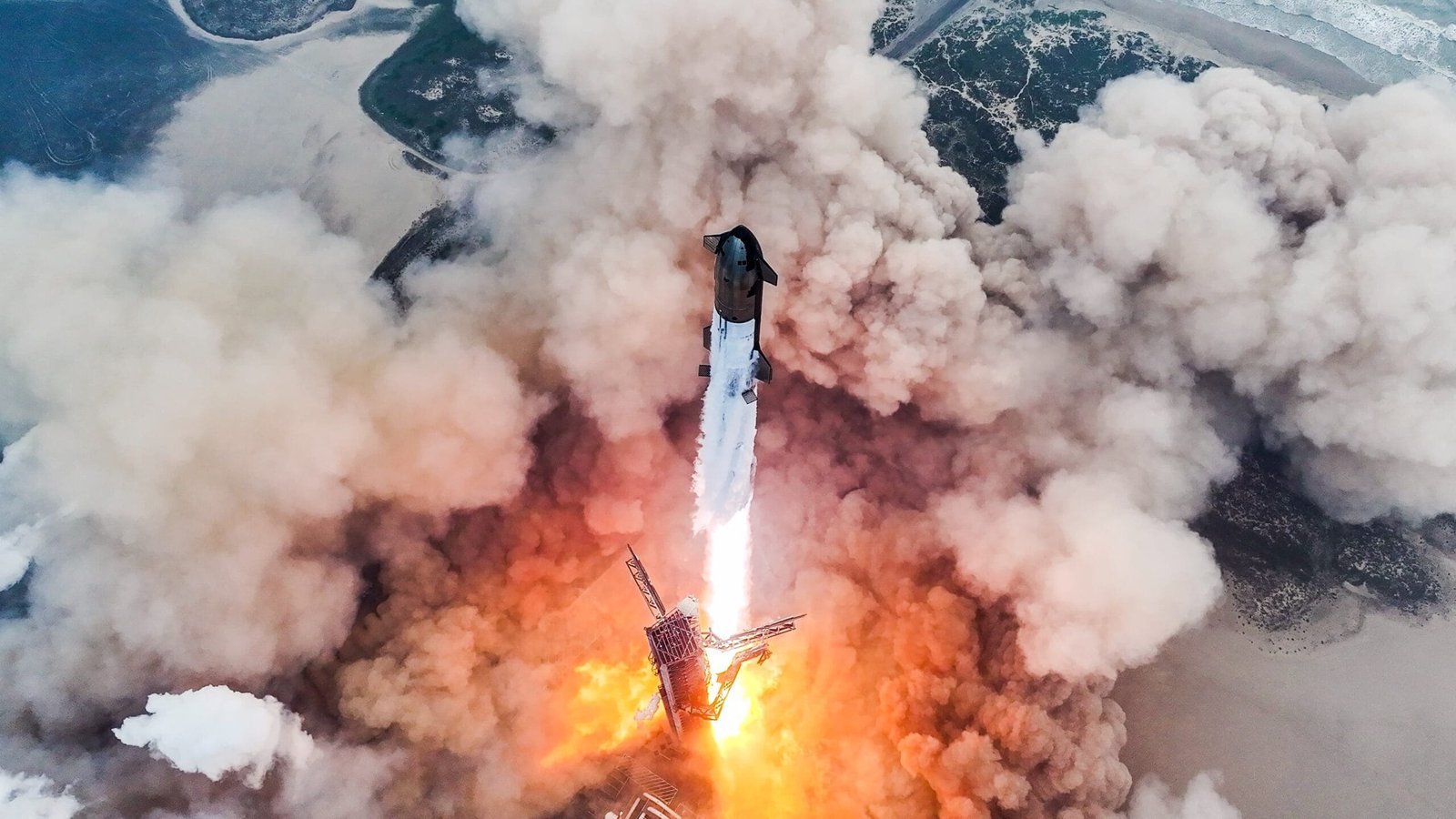
Elon Musk’s company SpaceX is set to make history once again. By the end of 2026, the first unmanned mission to Mars will be sent through the world’s most powerful rocket called Starship This mission will also include Tesla’s humanoid robot “Optimus”, which will help in understanding the conditions there and preparing the infrastructure before the arrival of humans on Mars.
What is Starship?
SpaceX’s Starship is a fully reusable super heavy-lift rocket system, designed for Mars and other deep space missions. It is the world’s largest and most powerful rocket, capable of carrying more than 100 tons of payload to Mars. Technical features of Starship and its height 120 meters (394 feet) and weight 5,000 tons (at launch) and engines 33 Raptor engines (Super Heavy booster) + 6 Raptor engines (Starship) Payload capacity 100-150 tons (in low Earth orbit) Reusability Fully refillable and reusable Development and testing of Starship SpaceX has built several prototypes of Starship, some of which have been successfully tested, while some failed with explosions. However, SpaceX has improved its design by learning from every failure. Preparation for 2026 mission Starship’s first Mars mission will be launched by the end of 2026. This mission will mainly study the surface of Mars. It will check the availability of resources there. It will prepare the ground for future human missions.
Tesla Optimus: Representative of humans on Mars
What is Optimus robot? Tesla’s Optimus is an advanced humanoid robot designed to work alongside humans and perform complex tasks. It is equipped with AI and machine learning, which enables it to make decisions independently. Features of Optimus Height: 5 feet 8 inches (173 cm) and weight 73 kg Speed 5 mph (8 km/h) and battery life Full day of work Cameras and sensors 360-degree vision, object detection
Mission objective and scientific significance
Its main goals To find the possibility of life on Mars. To confirm the presence of water and other resources there. To solve technical challenges for future human missions. Scientific experiments Study of Mars’ atmosphere CO₂ levels and weather. Soil analysis Is it suitable for agriculture? And water search Detection of water present in the form of ice.
First attempt towards establishing a colony on Mars
Elon Musk’s dream is to build a self-sufficient human colony on Mars. This mission is the first step in that direction. Humans can establish a colony on Mars in the next 10-20 years. And future possibilities and challenges The era of interplanetary travel will begin.
Development of new technologies will expand humanity to another planet. And if we talk about challenges, then the health effects of long space travel. Toxic atmosphere of Mars Delay in communication with Earth (up to 20 minutes)
Conclusion
This mission of SpaceX will not only write a new chapter in the world of science, but will also be the first step towards making humanity a multi-planetary species. This 2026 launch will lay a foundation for a future where Mars can become our second home.







1 thought on “SpaceX Starship and Tesla humanoid robot Optimus: A historic mission to Mars”